The Oboe Family.
How many types of oboe are there? In this post, we present to you the instruments that make up the oboe family and talk a little about them and their characteristics. We hope you find it useful.

Ordered from highest to lowest, the oboe family consists of the following types of oboes:
- Piccolo oboe.
- Oboe.
- Oboe d’amore.
- English horn.
- Bass oboe or baritone.
- Heckelphone.
Let’s learn a little more about each one.
Piccolo Oboe: From the French “musetta,” it is tuned in E-flat or F. It is the highest-pitched oboe in the family and is very rarely used.

Oboe: Tuned in C. It is the most common instrument and the most widely used in the family today. It is the standard oboe played in orchestras and studied in conservatories today when we talk about the oboe.
Oboe d’amore: From the Italian “oboe d’amore,” it is tuned in A. Widely used during the Baroque period, it is characterized by its soft and sweet sound. Physically, it differs from the others in that its bell is pear-shaped, and the reed is not placed directly on the oboe but on a bocal or tube. This characteristic is maintained in the lower members of the oboe family.

Next, you can watch the video of the Concerto for Oboe d’amore in A major BWV 1055 by J.S. Bach performed by José Antonio Masmano on the oboe d’amore.
Masmano, oboe d’amore
English Horn: From the French “cor anglais,” it is tuned in F. Highly characteristic for its warm and sweet sound, it is highly appreciated by composers, and there are numerous orchestral solos for this instrument. After the oboe, the English horn is the most commonly used instrument in the family.

In the following video, you can listen to how the English horn sounds in Éric González‘s hands in the horn solo from Ravel’s Piano Concerto in G Major.
Éric González, English horn.
Bass Oboe or Baritone: Tuned in C, but an octave below the oboe. This means that in the score, it is written as if it were for the oboe, but it sounds an octave lower. This instrument, like the oboe d’amore, is rarely used.

Heckelphone: Also tuned in C, and like the bass oboe, it sounds an octave below the oboe. It has a heavy and penetrating sound. It is the largest member of the oboe family, measuring approximately 120 centimeters and is somewhat heavy, so it is necessary to play it supported on the ground as if it were a double bass or a cello. This oboe is rarely used; some examples include Salome, Elektra, or Richard Strauss’s Alpine Symphony, and Paul Hindemith’s trio for viola, heckelphone, and piano.

To conclude, remember that you have more posts and more information about the world of the oboe on our blog: www.eg-reeds.com/blog
Image sources: Piccolo oboe (marigaux.com), oboe (eg-reeds.com), oboe d’amore ( marigaux.com), English horn ( moennig-adler.de ), bass oboe (moennig-adler.de), heckelphone (heckelt.de)

 Español
Español Italiano
Italiano Deutsch
Deutsch Français
Français Português
Português 日本語
日本語 简体中文
简体中文 한국어
한국어 Русский
Русский
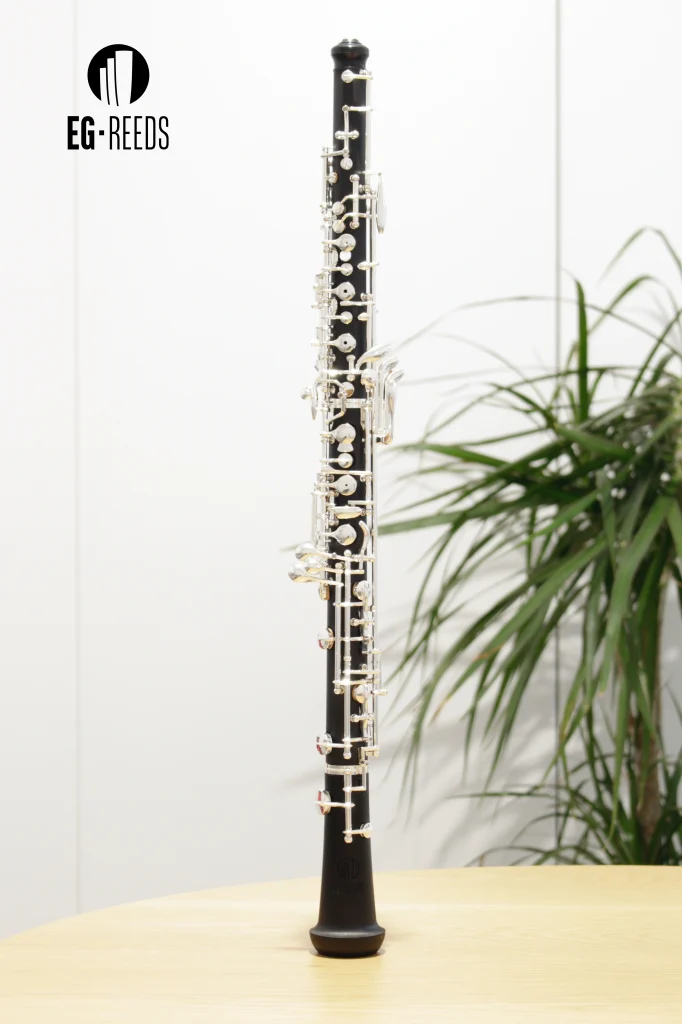
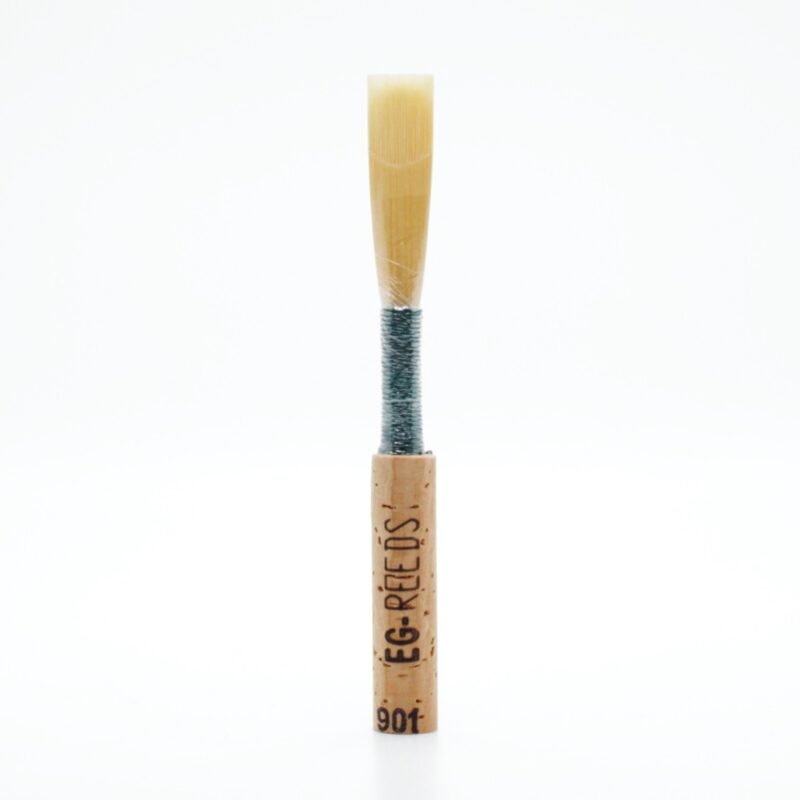

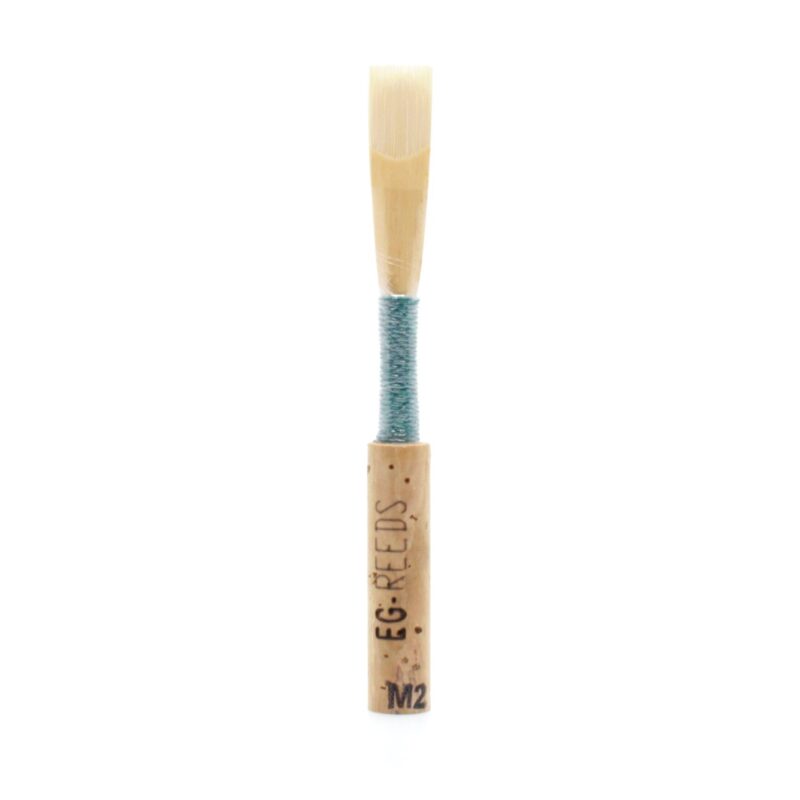
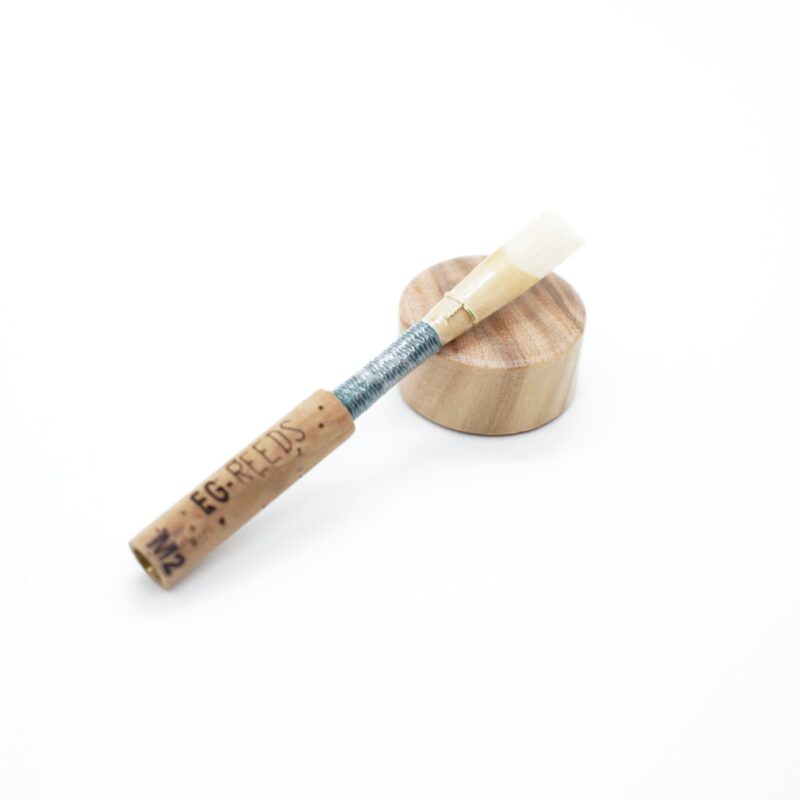

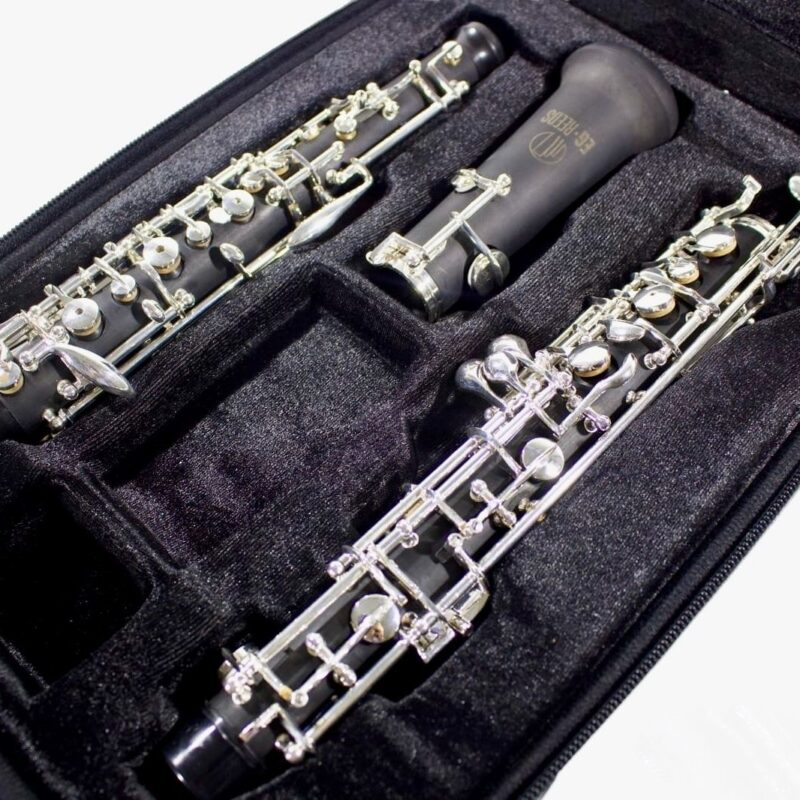


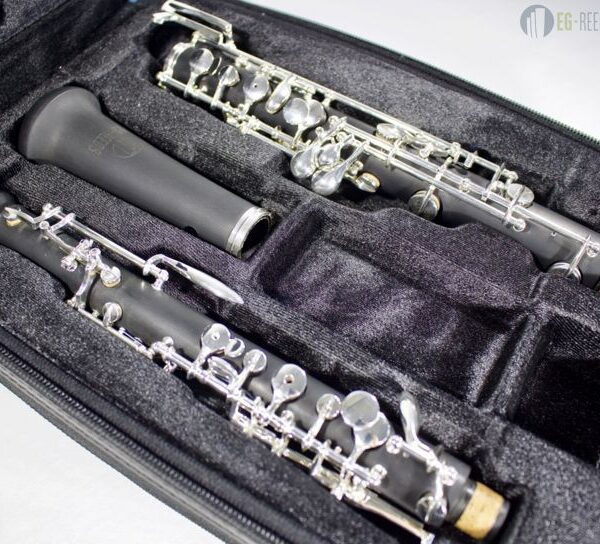
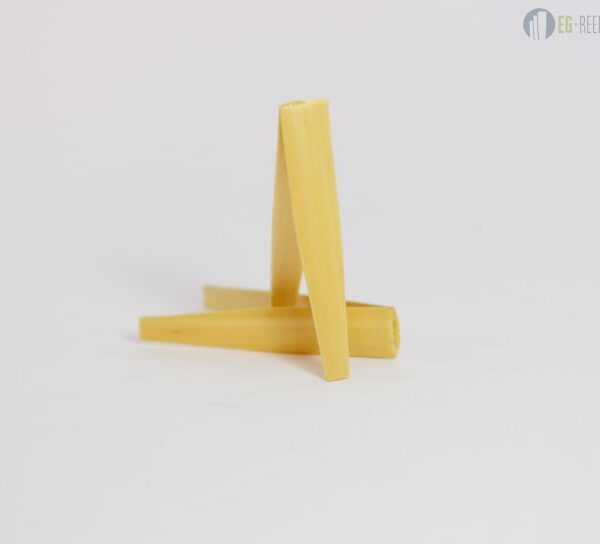
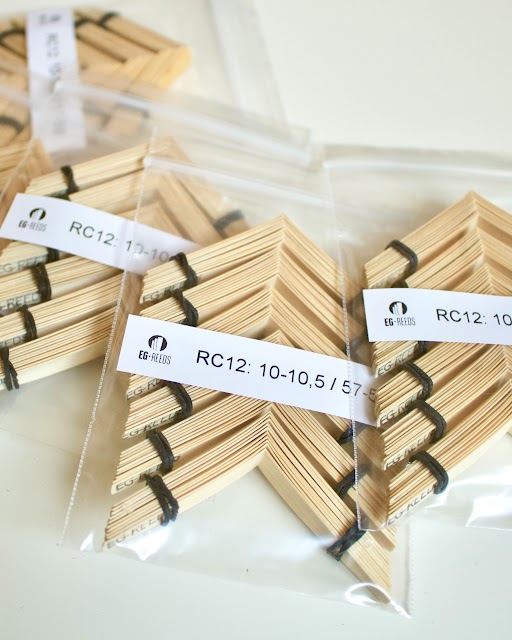


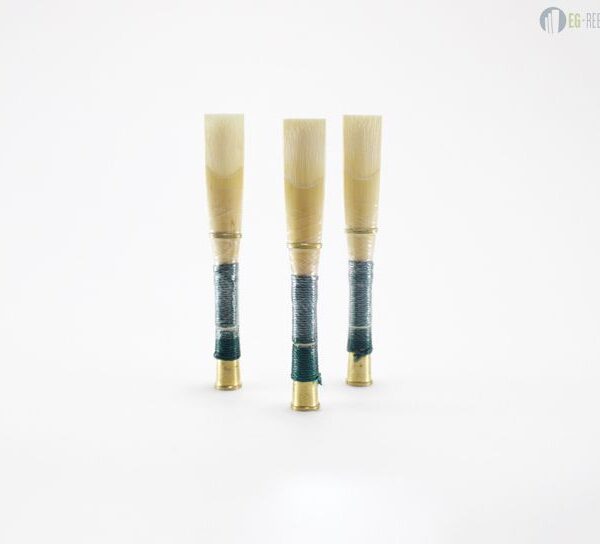
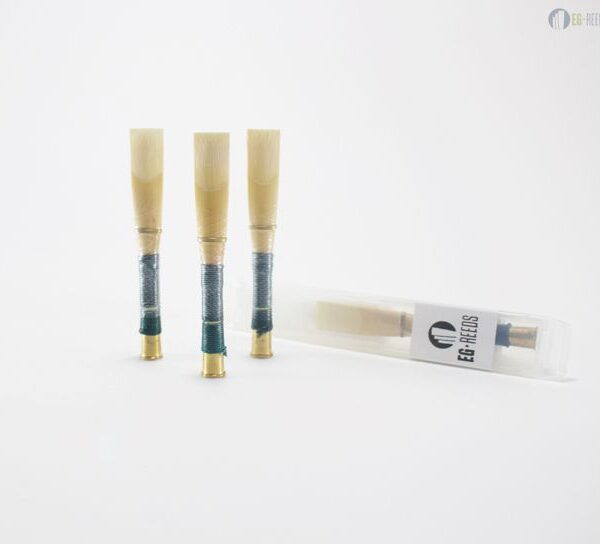


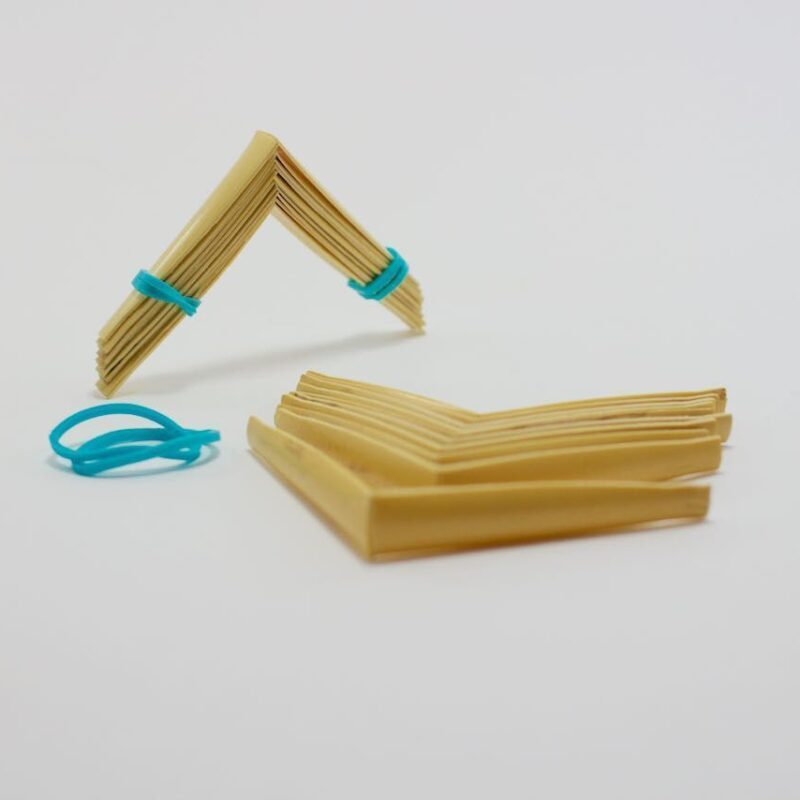
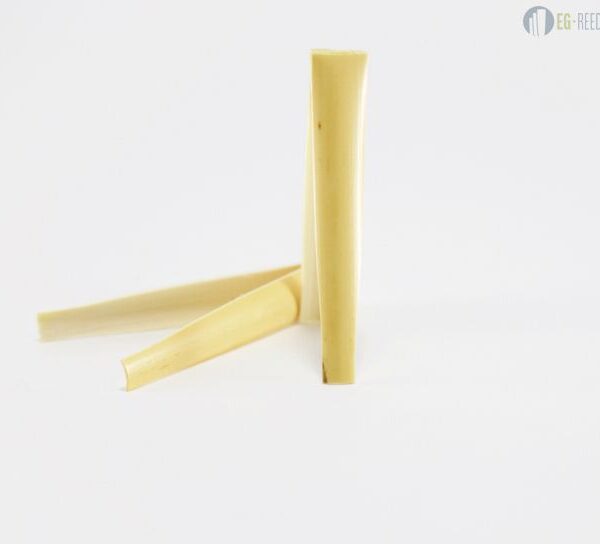




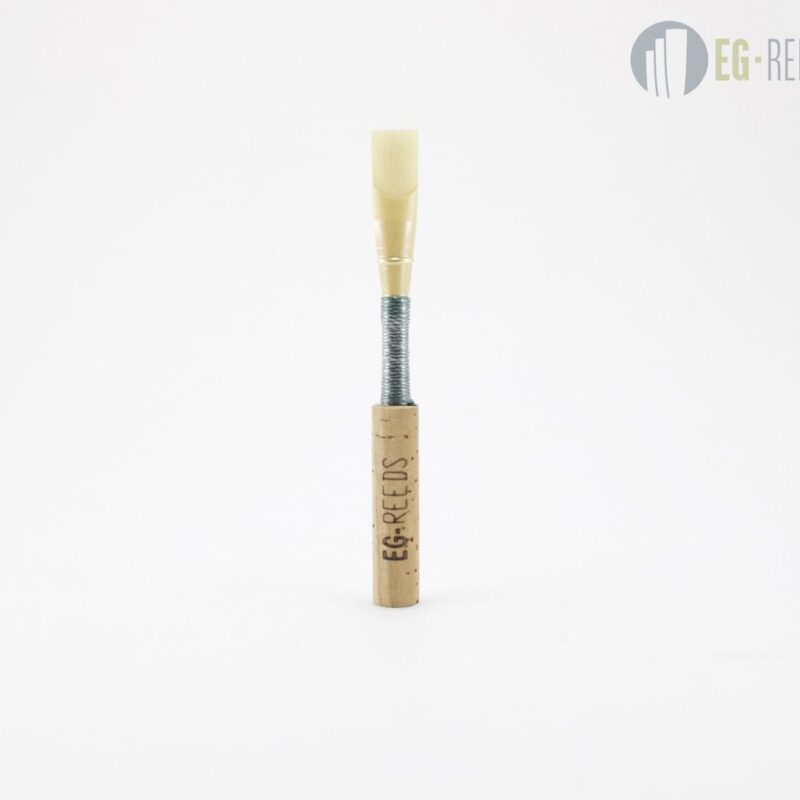

901 Professional oboe reed
M2 Professional oboe reed
Intermediate oboe EG-REEDS
Mayer oboe reed
Beginner oboe EG-REEDS
Shaped oboe cane EG-REEDS
Student oboe reed Beginner EG-REEDS
Professional English horn reed EG-REEDS
Maurice Bourgue
Mar
The oboe in film music
Mar
Albrecht Mayer
Feb
Heinz Holliger
Jan
Merry Christmas and Happy 2025!!
Dec
How to buy the best oboe for students?
Dec
How long does an oboe reed last?
Nov
Happy Halloween 2024!!
Oct